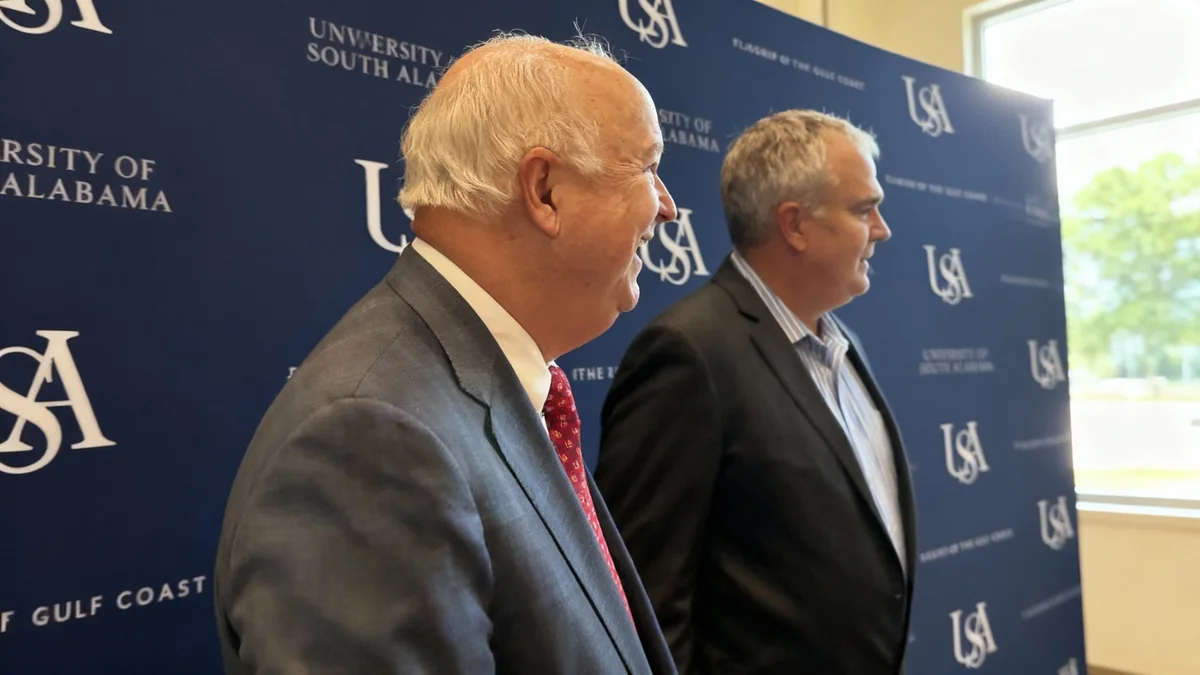Princeton and Yale universities have announced investment returns of approximately 11% for their endowments for the fiscal year ending in June. These gains pushed Yale's fund to a new high of $44.1 billion, while Princeton's endowment grew to $36.4 billion.
The strong performance comes as America's wealthiest universities face a significant new federal tax on their investment income, adding a layer of financial pressure despite the positive returns.
Key Takeaways
- Yale and Princeton University endowments both reported an 11% return for the fiscal year.
- A new federal law increases the tax on large university endowment returns from 1.4% to 8%.
- The performance of Ivy League funds lagged behind the S&P 500's 15% gain during the same period.
- Some public universities in the Big Ten conference reported higher returns, suggesting different investment strategies are paying off.
Consistent Returns Across the Ivy League
The latest figures from Princeton and Yale align with a broader trend of solid, yet not spectacular, growth among their peers. Most of the Ivy League institutions that have reported their results showed similar performance, creating little differentiation among the elite group.
Dartmouth College's endowment saw a 10.8% return, while Brown University, Harvard University, and the University of Pennsylvania all reported gains around 12%. Columbia University edged slightly ahead with a 12.4% return for the period.
According to Matt Mendelsohn, Yale’s chief investment officer, the university's results were mixed across different asset classes. In a statement, he noted that strong performance in some areas was offset by weaker results elsewhere.
"Outperformance in several asset classes was tempered by underperformance in leveraged buyouts and, more meaningfully, real estate," Mendelsohn explained.
Why Endowments Matter
University endowments are crucial financial pillars, especially for private institutions. These large investment funds, built from donations and investment growth, support a significant portion of a university's annual operating budget. For Princeton, the endowment covers nearly two-thirds of its budget, funding everything from student financial aid and faculty salaries to advanced scientific research. At Yale, the fund provides over one-third of its operating revenue.
Measuring Performance Against the Market
While an 11% return is substantial, it did not keep pace with the broader stock market. During the same 12-month period, the S&P 500 index delivered a total return of approximately 15%. This indicates that a simpler investment strategy focused on public equities would have yielded better results.
The performance of the nation's wealthiest schools was also closely aligned with the median for their peers. Data from Wilshire Trust Universe Comparison Service shows that U.S. college endowments with over $500 million in assets posted a median return of 11.5%. A standard benchmark portfolio, composed of 60% equities and 40% bonds, returned 12% over the same timeframe.
Market Comparison: The S&P 500's 15% gain outperformed the median large university endowment return of 11.5% for the fiscal year ending in June.
New Tax Law Creates Financial Headwinds
A significant challenge now facing these institutions is a newly passed federal law, the "One Big Beautiful Bill Act." This legislation dramatically increases the tax burden on the net investment income of the nation's richest private universities.
The tax rate has been raised from 1.4% to 8%, a move that will redirect hundreds of millions of dollars from university coffers to the federal government. Both Harvard and Yale have estimated that this new tax could cost each institution as much as $300 million annually, potentially impacting their ability to fund academic programs and student aid.
This development has introduced a new level of financial uncertainty for university administrators, who must now factor this significant expense into their long-term planning.
Big Ten Universities Show Stronger Growth
Interestingly, some public universities within the Big Ten conference have reported even stronger returns, surpassing their Ivy League counterparts. This success appears linked to a different investment philosophy.
The investment arm for the University of Wisconsin reported a 16.2% return, while the University of Michigan posted a 15.5% gain. These results highlight a strategic divergence:
- Ivy League Strategy: Traditionally favors more illiquid alternative assets, such as private equity, venture capital, and hedge funds.
- Big Ten Strategy: Some, like Wisconsin, have a higher allocation to global public equities, which performed exceptionally well during this period.
The outperformance by these public institutions may lead other endowment managers to re-evaluate their allocation strategies, especially as they navigate the new, higher-tax environment. The contrast in returns suggests that a heavier focus on public markets could be a more effective approach in the current economic climate.





